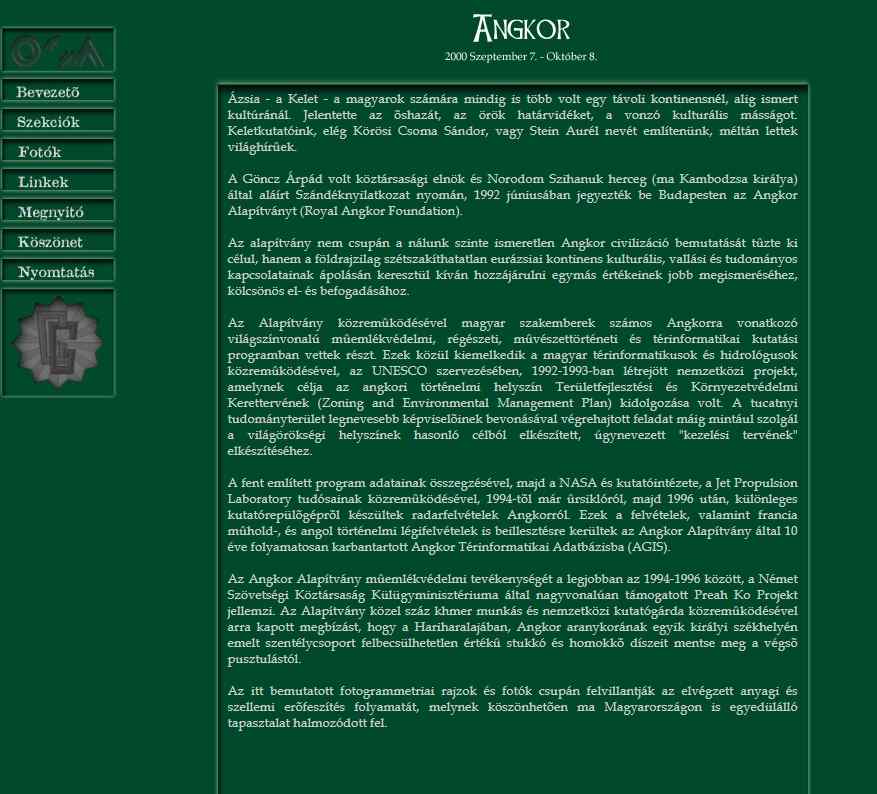Angkor
The Lost City in the Jungle (ONLINE)

CSORTOS SZABÓ Sándor
Magyar Fotográfusok Háza / Hungarian House of Photography
Online version of the highly successful exhibition, in Hungarian and English.
Upon hearing the name Angkor, many of us have vague recollections of giant statutes of gods and temples overgrown by the jungle, standing as monumental remnants of the long-vanished dynasties of Cambodia, a faraway country ravaged by war in its modern history.
Angkor was the capital of Southeast Asia’s largest kingdom, the Angkor Empire, from the 9th century until the 15th century. The empire had its golden age in the 12th century, when Angkor had nearly one million inhabitants. The most famous building complex of Angkor is the Wat, which occupies about one thousand square meters of ground. Its builders used more stone to construct it than the Egyptians used for all of the pyramids. After the collapse of the Khmer Empire in the 14th century, the capital became deserted and, apart from a few short periods, it became completely forgotten in Asia. A French explorer “rediscovered” the lost and mysterious city in the 19th century. Restoration work began at that time, but to this very day the work has not been completed.
At the exhibition visitors will be able to view about 50 artistic photos of Angkor’s most magnificent buildings taken by Sándor Szabó Csortos. Also on display will be photos of the Preah Koh temple restoration site and documentation of work by archeologists of the Royal Angkor Foundation who were assigned to do the restoration by UNESCO. In addition, there will be copies of Cambodian artwork, temple rubbings and video material.
The online exhibition is available at the following link.